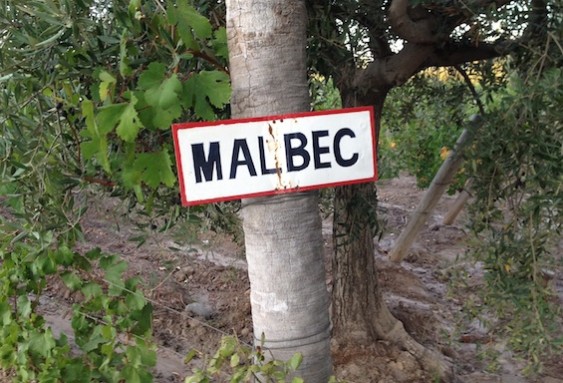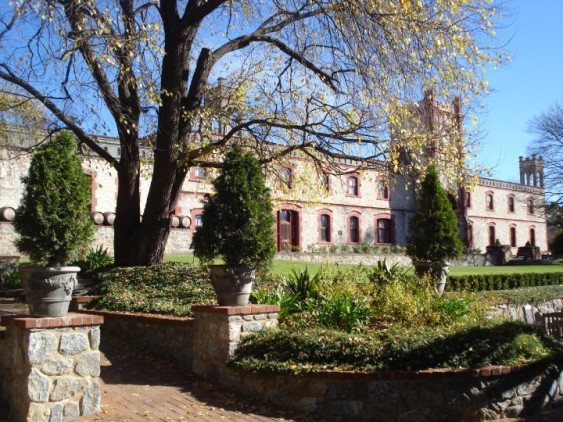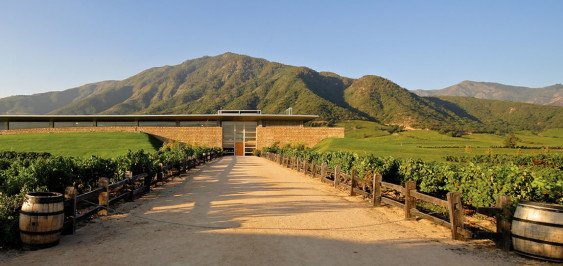African killer bees. Asian carp. Zebra mussels. When it comes to invasive species, the list isn’t limited to the animal kingdom. In fact, some of the grape varieties you probably know and love have colonized new homelands as well. Here are three that might surprise you.

Didi you think Malbec came from Argentina? Think again!
Malbec
That’s right. The grape that has become synonymous with the Argentine wine industry actually hails from…southern France! Not only has it traditionally been used to make red Bordeaux blends, but it is also the main grape in Cahors. These days, though, you’ll find a lot more plantings of it over in South America, not to mention quite a few in the US in regions with typically hotter temperatures and drier soils where the grape really starts to shine.
Try: Zuccardi Q. As I mentioned, Malbec has practically become the national grape of Argentina, so there is no shortage of possibilities to taste, and most are at a very reasonable price point. Try this one from one of Mendoza’s best-known bodegas, though. The fruit comes from the high-altitude Uco Valley, about two hours south of the city, and exhibits some of Malbec’s purest characteristics including dark berry flavors, noticeable but elegant tannins and a lovely, long finish. Bottles run about $15.

Viognier might come from France, but these days, producers in other countries like Australia’s Yalumba are better known for it.
Viognier
You might be more familiar with Chardonnay or Sauvignon Blanc, but this unsung white grape also hails from France. The Rhone Valley, to be specific, where it almost went extinct in the 1960s before New World winemakers discovered its hidden potential. The best-known French plantings are in Condrieu and a tiny appellation within it called Chateau-Grillet. The truth is, much of the Viognier produced is used for blending with Syrah in order to stabilize its glorious purply color and add an aromatic punch to the wine. But on its own, Viognier produces gorgeously floral wines with hints of stone fruits and white flowers. These days, you can find Viogniers from the US, as well as Chile, Australia, New Zealand and more.
Try: Yalumba Y Series Viognier. Yalumba is Australia’s oldest family-owned winery, and is located in the famed Barossa Valley of South Australia. The winery pioneered the development of viognier in Australia under the aegis of chief winemaker Louisa Rose in the 1970s, who has since become known as Australia’s Queen of Viognier. They produce several iterations of it, but you’re most likely to spot their Y Series in your local Whole Foods at about $15 a bottle. Compared to the floral dominance of French versions, this one tends to be heavy on the grapefruit and apricot end of the spectrum with a final bite that will get your mouth watering.

Try a Carmenère from Chile’s Montes Winery.
Carmenère
This is another grape that was brought back from the brink, albeit accidentally. Originally from the prestigious Médoc region of Bordeaux, Carmenère was one of the red grapes used for blending in red Bordeaux wines. Also called Grand Vidure, its name is derived from an old French word for crimson thanks to its luscious, deep red color. Once widely planted, the grape is thought to have disappeared from France around the time of the phylloxera blight in the mid-19th century only to reappear in Chile. Only there, they thought it was Merlot until genetic testing by viticulturalist Jean-Michel Boursiquot in 1994. To this day, no one knows exactly how it got there.
Try: Montes Alpha Carmenère. Montes is one of Chile’s best-known wineries, and widely available in the U.S. Their Carmenère usually exhibits the best of this variety, with lovely plummy and cherry notes, as well as a touch of chocolate and vanilla from oak aging. An excellent example of the grape at a reasonable price point of around $20 a bottle.

